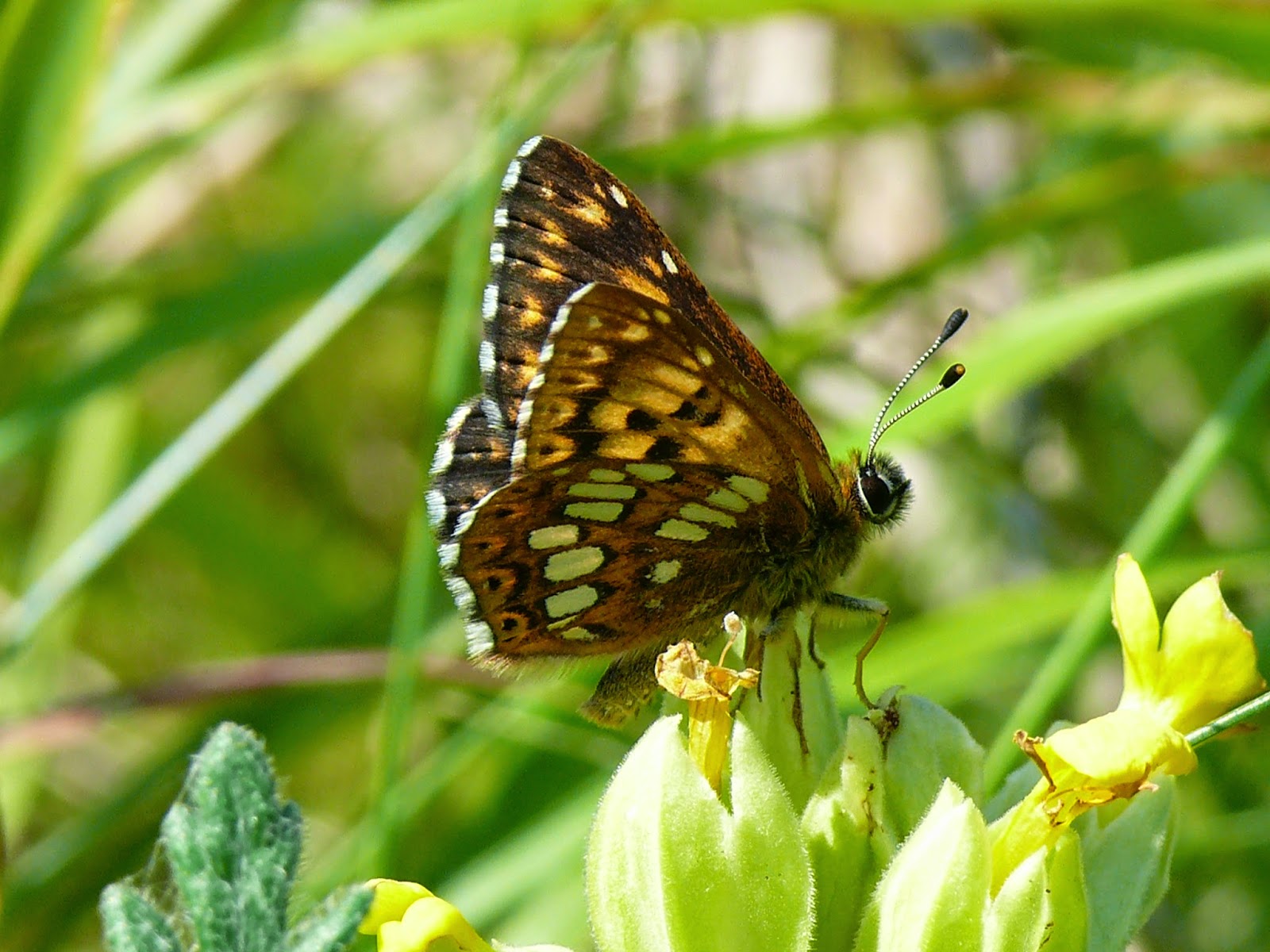This morning was supposed to be dry - it wasn't! We still met RD who we'd arranged to met to seek out nests with a view to ringing the chicks. There was no point in finding nests since the birds were already having a difficult enough time in the continuously wet and damp weather as May draws to a soggy close. During the entire morning, only one bird, a Blackbird, was seen carrying food.
The river Colne is quite high again and several areas of the moor are again holding water.
The river Colne is quite high again and several areas of the moor are again holding water.
River Colne
Flag Iris
We would have drawn a complete blank had it not been for a couple of Redshank chicks that we found hunkered down close to a rapidly expanding pool.
Redshank chick
We needed to limit our time in the area so didn't spend time looking for the Lapwing pulli that we knew were in the area, more importantly the Redshank adults needed to be left to return to their offsping as the drizzle continued to fall.
There were no other pulli found so we called it a day. After some refreshment in our local cafe we went to check out Stanwell Moor. The cloud was low and hirundines were down over the field but a hastily erected dog-leg just didn't work as they weren't low enough.
A walk over the mound confirmed that virtually all the Lapwing have relocated to Staines as we thought although one nest that will require some attention later was found.
Lapwing nest
Thanks to Spelthorne Borough Council for our recently granted permission to ring pulli on Staines Moor.
Totals: 2
Redshank pulli - 2
















































